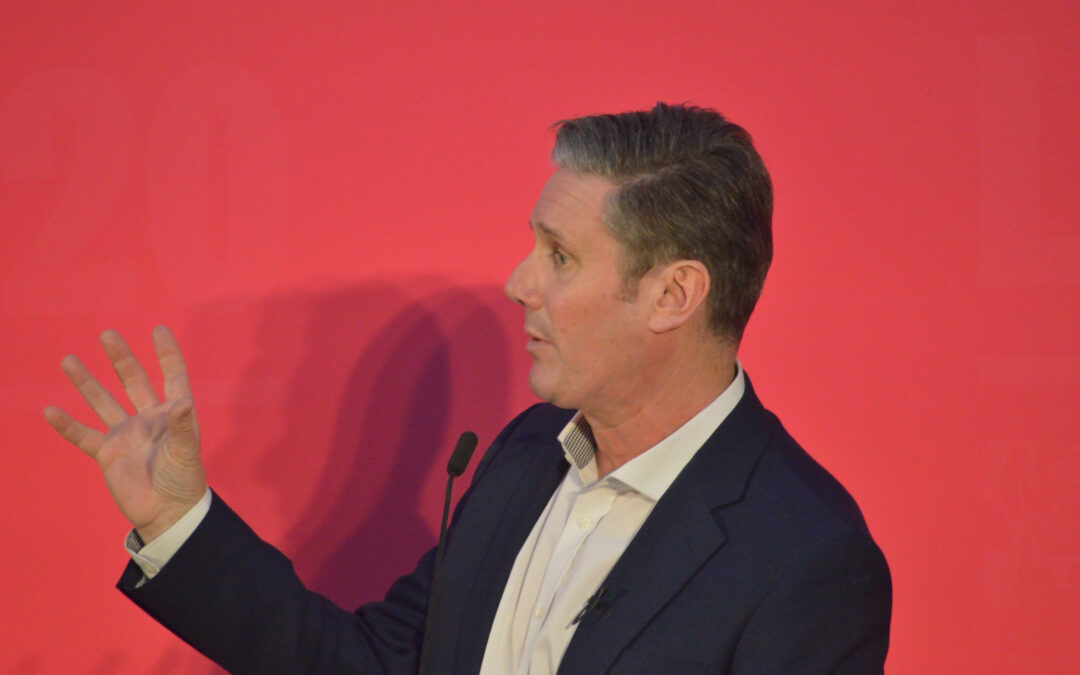An Alleged Deepfake of UK Opposition Leader Keir Starmer Shows the Dangers of Fake Audio

In this age of advanced technology, the rise of deepfake content is becoming a growing concern. Recently, a video claiming to be a deepfake of UK Opposition Leader, Keir Starmer, has surfaced, shedding light on the potential dangers of fake audio.
A deepfake is a synthetic media generated using artificial intelligence techniques, particularly deep learning, to replace or manipulate existing content by superimposing the face and voice of one person onto another’s. These manipulated videos or audios can be incredibly convincing, making it difficult to distinguish between real and fake.
The alleged deepfake video of Keir Starmer showcases the power and threat of this technology. In the video, Starmer can be seen delivering a speech that he claims he never made. The deepfake audio successfully imitates his voice, tone, and speech patterns, making it incredibly deceptive.
“This incident highlights the potential harm that fake audio can cause to public figures and society as a whole. With advanced AI algorithms, creating such realistic deepfakes has become disturbingly effortless,” says cybersecurity expert, Dr. Jane Thompson.
While deepfake technology can be benign and used for harmless entertainment purposes, the implications of misusing it are alarming. Fake audio can easily be exploited for political purposes, spreading disinformation or tarnishing someone’s reputation without consent.
One of the primary concerns with deepfakes is that they undermine the trust we place in audio and visual recordings as evidence. With the rise of fake audio, it becomes increasingly challenging to differentiate fact from forgery. This presents significant challenges in legal proceedings and can potentially lead to a distortion of truth and justice.
Addressing the dangers of fake audio requires a multi-faceted approach. Legislation against deepfake manipulation needs to be implemented to ensure accountability and discourage malicious intent. Additionally, advancements in AI-powered detection tools are crucial to accurately identify deepfakes and counteract their negative impact.
It is essential for governments, tech companies, and individuals to work collaboratively to combat the risks posed by deepfake technology. Public awareness campaigns should be launched to educate people about the existence of deepfakes and how to critically evaluate multimedia content.
The alleged deepfake of Keir Starmer serves as a stark reminder that we live in an era where reality can be easily manipulated. Without protective measures in place, the dissemination of fake audio content can have severe consequences for individuals and society as a whole. Safeguarding the integrity of audio recordings is essential to maintain trust, authenticity, and fairness in the digital age.
Source: TheTechTimes.com


Recent Comments